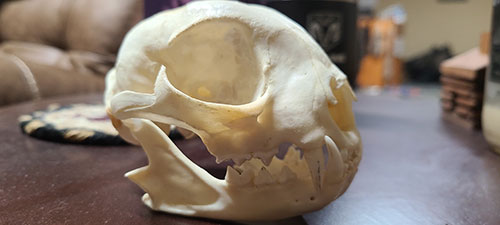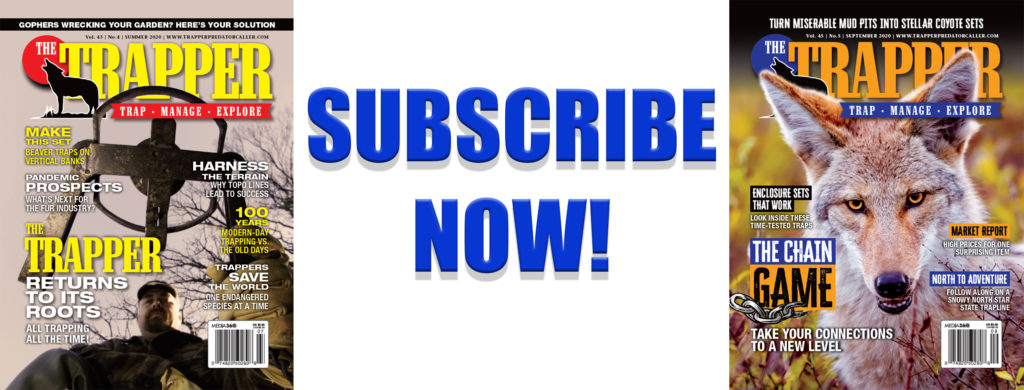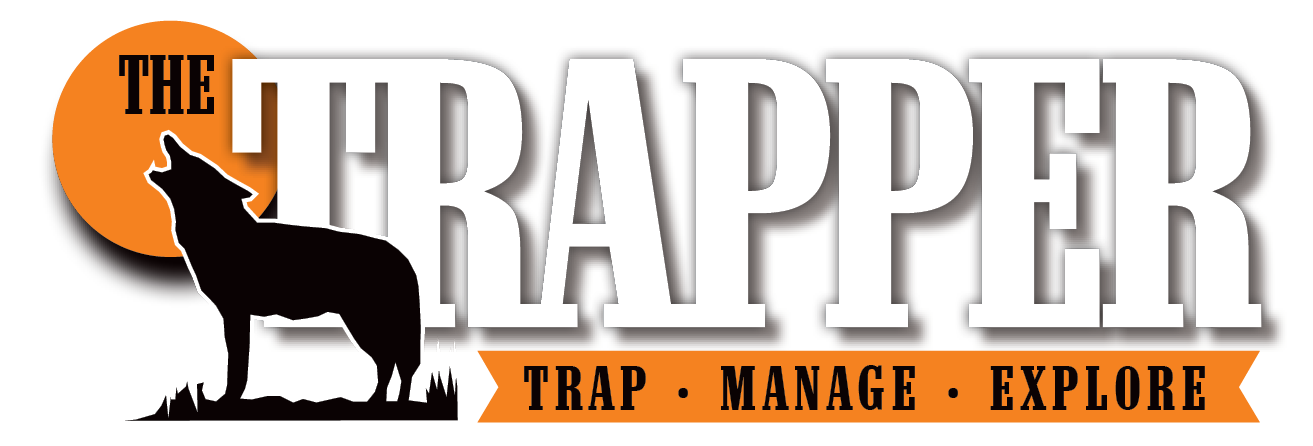Not sure what to do with this season’s catch? The author discusses a few clever ways to still make some cash.
By Jason Houser
What are we going to do with all of the fur that we catch this year? To say it’s a tough market is an understatement. Trappers are still going to get out and trap to some degree, but mostly the die-hards and the ones that absolutely love the sport. But, I am still going to trap and find alternative ways to sell what I catch.
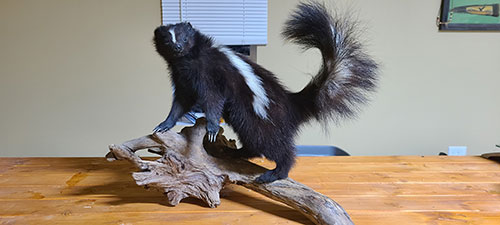
The taxidermy trade often pays top dollar for furs that are in high demand for displays. Photo credit Jason Houser.
The fur market was already headed south before COVID-19 hit and the disease just accelerated the decline. The same goes with North American Fur Auctions. Now that NAFA is out of the game it leaves a major market without one if its top players. A lot of trappers and many more buyers are left holding fur with no one to sell it to. The market is saturated with fur that isn’t selling and the world is changing like we never imagined. One thing is for certain — we are still going to set traps.
There are not many people out there that rely on fur trapping as their sole income. Yes, people still make their living in the trapping industry. But many of them combine fur trapping with other things like animal damage control work, selling trapping supplies and more.
It doesn’t matter if you are one of these “pro” trappers or just a hobby trapper, you have to figure out what to do with what you catch. That’s getting harder and harder to do, so I am here to give you some ideas.
I have been talking to a lot of fur buyers and the outlook is indeed grim. We as trappers are going to have to find alternative ways to market our catch. This might mean a little more work on our part, although there is still the possibility to have a good year in the midst of all of this craziness.
So, what are the alternative markets? I am going to cover a few things that I will do, and I believe will work for me and anyone else who tries these methods. We are definitely going to have to think outside the box, which we already do pretty often anyway.
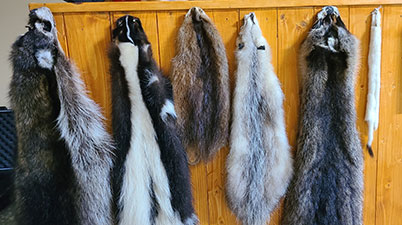
Tanned furs make great wall hangings and eBay is a great place to start selling. Photo credit Jason Houser.
I have all but made my mind up that I am not selling any of my fur to a local buyer or sending it to Canada. If I send it to Canada, it’s hard to say when I will receive a check, or if I will even see one.
All of my fur is going to be commercially tanned and I will choose what happens with if from there.
Much of my tanned fur will be sold as it is once I receive it back from the tannery. There are a lot of tanneries out there and I am not going to recommend one over the other. Do your homework on this and find the one that best suits your needs. Oftentimes, if the majority of your furs are the same species, it can bring your tanning prices down.
The same selling outlets that I utilize are easy for anyone to find in their local area. Start out on Facebook garage sale sites. These have worked well for me in the past and I hope that the trend continues. Other routes are flea markets, craft fairs, eBay, Native American shops and more.
Just keep an eye out in your area for stores that might be interested in carrying your fur and stop in and talk with the owner or manager. Depending on the store, they will either buy the fur outright from you and mark it up, or they will sell it with a minimal commission. Sure, we all would love to sell the fur outright to the store, but don’t dismiss an opportunity to sell it on a commission.
The price you ask for it is totally up to each you. It’s going to cost you about $15 to get a raccoon hide tanned. You could expect to get $30 for it when you go to sell it, maybe less for small raccoons depending on the buyer. You might get $5 for a finished ‘coon at auction, if it is in the absolute best condition. So, I would much rather make $15 from a tanned hide than $5 from a finished hide.
The problem is that nobody knows how long they will have to sit on a tanned hide before it sells. But, that is also true if you send your fur to Canada. It’s all a gamble.
Another option if you are talented or know someone who is, is to have your tanned fur made into garments like headbands, mittens, earmuffs, hats and so on, and sell them that way. There will be some added expense if you have the items made, even if you make them yourself. But the extra income could be really good. People still wear fur. And don’t rule out items like teddy bears and pillows, too. Those are hot items, especially around the holidays.
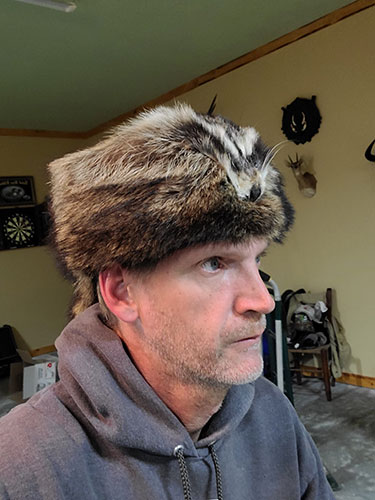
Consider having hats, gloves, headbands and other items made from the furs you catch. Photo credit Jason Houser.
Fly fishermen often tie their own flies and many are made out of fur. Consider advertising your furs on eBay and cater to the flytiers. This is a great way to get rid of furs that have bald spots, holes and other defects.
Skulls are another hot commodity. Take the time to clean and bleach your skulls and advertise them on eBay and Facebook. People collect skulls and will pay top dollar for a skull without holes or missing teeth. Claws are good sellers, as well, and if you do have a cracked skull you can’t sell, someone will buy the teeth. eBay is your friend, use it.
The taxidermy trade is where the big bucks are. If you have an animal with a unique coloration, consider the taxidermy market. Do not skin the animal out unless you know how to skin for taxidermy. Take some photos of the animal and show it off on the taxidermy sites on social media. This could be a white raccoon, a black coyote or any other animal that is hard to come by. Sometimes it doesn’t even have to be an oddity. Some taxidermists are looking for whatever they can get their hands on. This is a market worth checking out.
Lure and bait makers are always in need of glands and meat. Check with these folks and find out what their needs are. Don’t forget about a couple of the hottest ingredients right now — skunk essence and beaver castor.
The meat market is also a good source of revenue if you can find buyers, especially raccoons, beavers and muskrats. Keep your ears open and you are bound to find someone who wants those animal carcasses.
If after reading all of this and you still want to sell your finished hides to a dealer, you better have the best fur possible to get any decent money out of it.
One of the best ways to get the best possible price for your fur is to skin, flesh, stretch and dry your pelts before you attempt to sell them. That might mean some late nights, but I am here to tell you that you are going to be hard-pressed to find a buyer that will take them any other way. Buyers prefer to buy dry fur because no other work must be done to the pelts before they are sent to a tannery. A buyer is not going to spend their time finishing pelts, especially if they buy a lot of pelts. It would be different if raccoons were fetching $30, but they are not even close to that.
So, where can you sell your fur?
Selling to local buyers allows you to get the money for your furs immediately. What they will do is sell the fur to an auction house for hopefully a profit.
When you present your fur to a local buyer they will give you a price that they will pay for the pelts. You have the option to say yes or no to the offer. If you decide not to sell your fur, take it home and search for a better deal. Maybe you will, or maybe you won’t find a better deal. It’s a gamble. If there are not many local buyers in your neck of the woods to choose from, you can always ship dry fur to an out-of-state buyer. Just make sure that you insure it first.
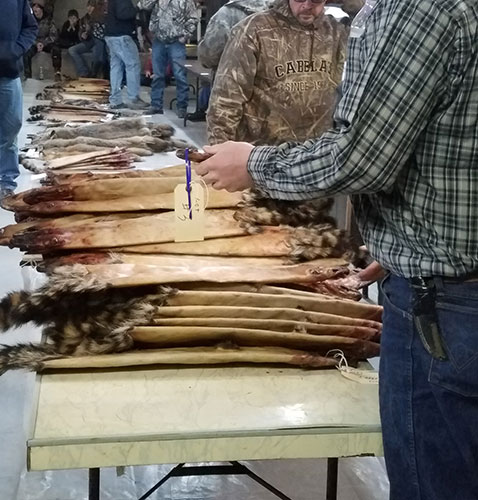
If you are going to sell your fur the old-fashioned way, do your very best when preparing and finishing it. Photo credit Jason Houser.
Out-of-state buyers will also offer you a deal you can either accept or refuse after they examine your furs. If you refuse the offer, the buyer will ship the fur back to you, probably at your expense. However, the trapper might be able to haggle over a better price.
State trapping associations have fur auctions during and shortly after trapping season closes. Just like the big auction houses, state trapping associations charge a commission for selling your fur. Normally several buyers show up for these auctions, which can increase the value of your furs. It’s possible to sell green fur at state auctions, but just like anywhere else that you sell green fur to, expect a considerably lower price. Just like with local buyers, you normally have the option to accept or decline any offer.
Auction houses normally offer the best prices for trappers trying to sell their fur. The trapper ships the fur to an agent and the agent then delivers it to the auction house for the next auction. Several auctions take place throughout the year, so if you do not get it shipped in time for one auction you still have other dates.
Much like state trapping auctions, trappers will have to pay a commission to sell their fur. When the auction is finished sellers do not have the privilege of declining an offer. All sales are final.
Groenewold Fur & Wool Co. and Fur Harvesters Auction Inc. are just a couple of the companies that run fur pick-up routes. They travel through different states, stopping at many different locations throughout that state to pick up fur. Auction houses like FHA will give you a receipt for your fur and then make sure that it arrives at the auction house in time for the next auction. As soon as you turn your fur over, the auction house then insures it. Companies like Groenewold will normally grade your fur on the spot and you can walk away with a check.
Times are tough when it comes to trying to break even as a trapper. But, with a little work, some luck and the drive to get things done there is still money to be made in trapping.
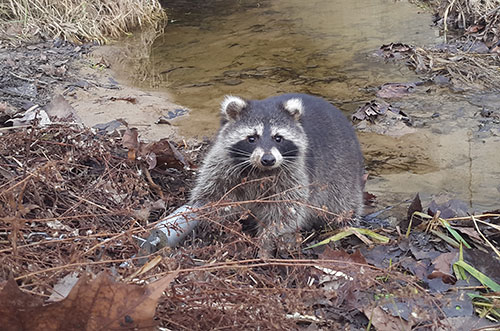
As trappers and conservationists, we will continue to be out there every fall and winter making memories and doing our part to keep furbearer populations in check. Photo credit Jason Houser.
Whether you trap part time or full time, it is important to know where to sell your fur. Whether in the round, green, finished, tanned or taxidermy skinned. Maybe you want to use a specialty market to sell tanned hides, skulls or meat. However, and whoever you choose to sell your fur to, take a minute to think about what you want out of it, and choose the best option for you.
